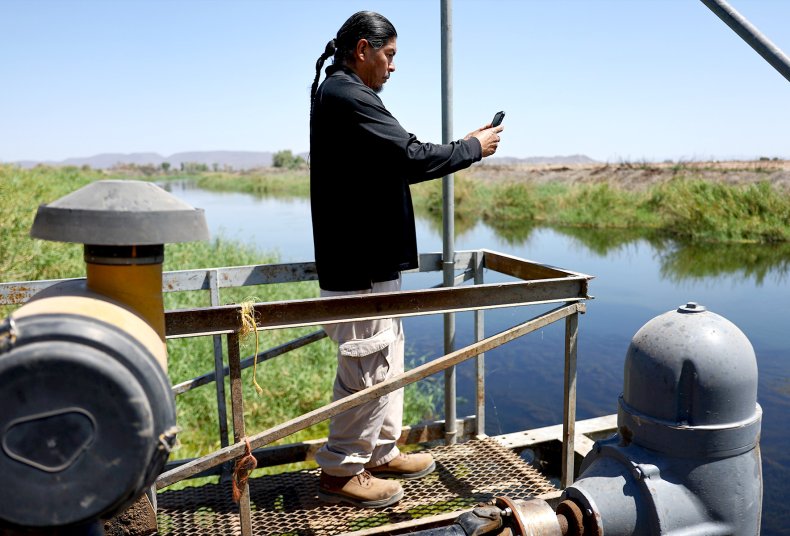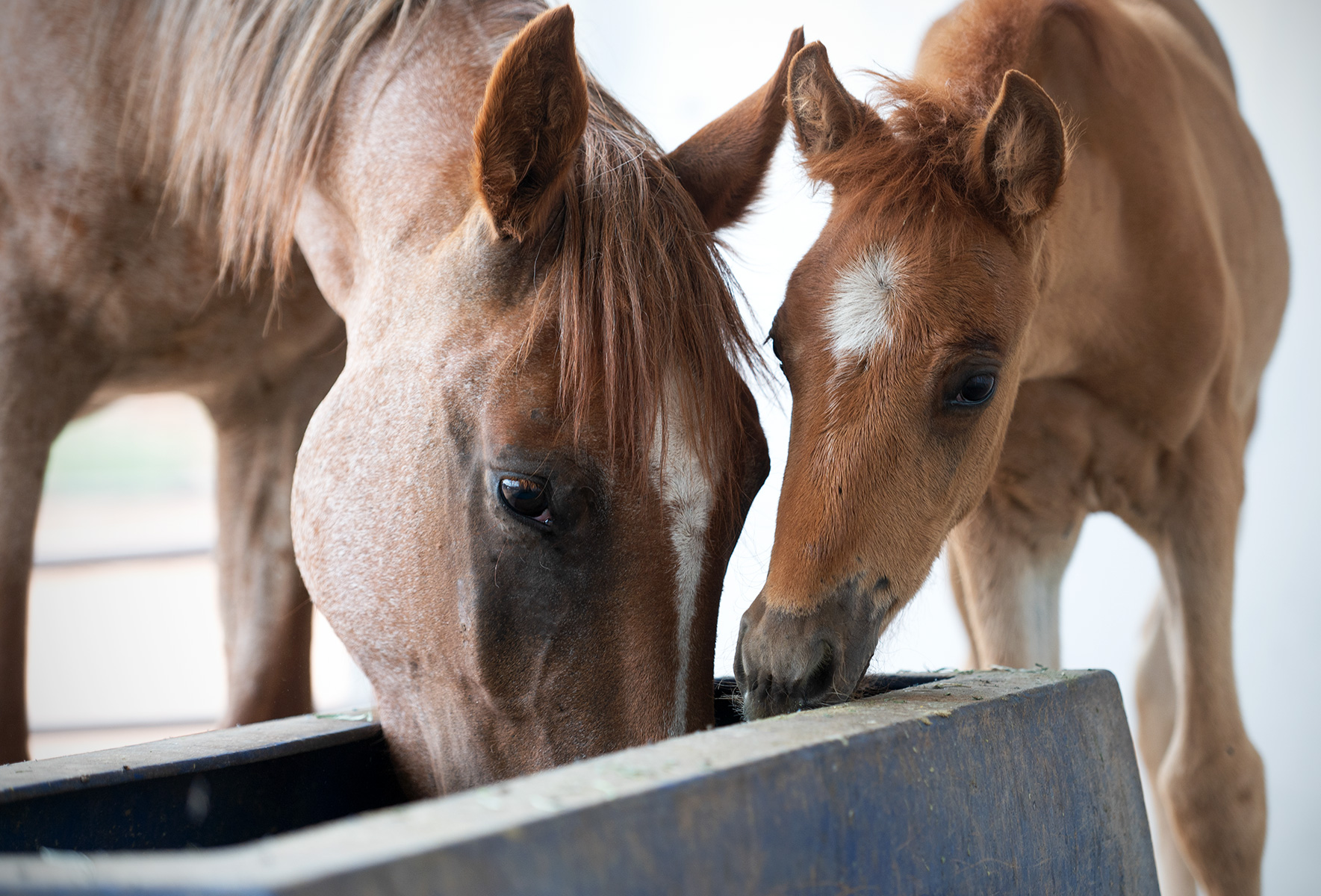An ongoing heat wave has increased evaporation rates at Lake Mead.
After years of drought, Lake Mead, which is located in Nevada and Arizona, reached drastically low levels last summer, but the water levels have started to recover after a wet winter. Levels continue to rise as snowpacks melted throughout the summer. Now, an ongoing heat wave in the southwest United States is slowing the lake's recovery.
As of Thursday, Lake Mead water levels were at 1,059 feet, nearly 19 feet higher than they were in July 2022. The lake is still approximately 8 feet below 2021 levels.
However, data shows that the rise is beginning to slow. On Tuesday, the Twitter page for the Lake Powell water data website attributed the slow in water levels to increased outflows. As temperatures rise, the agricultural sector requires more water from Lake Mead to irrigate crops. The account also blamed evaporation for the slowing water levels.

It said that evaporation is likely occurring at twice the normal rate because of higher temperatures, therefore slowing the lake's recovery.
"We may not like it but it is summertime in the desert..." the account tweeted.
Lake Mead loses approximately 600,000 acre-feet, or 6 vertical feet of water, to evaporation each year, according to the National Park Service. The evaporation rate is difficult to track, but AccuWeather senior meteorologist John Feerick told Newsweek that the heat wave "certainly has increased the amount of evaporation."
The rise at Lake Mead slowed yesterday at outflows stepped up probably as ag needs downstream grew with the high heat in the Southwest.
— water-data.com (@DataWater25743) July 18, 2023
The increased heat increases evaporation but studies show Mead loses about 600k af of water / year to evaporation. That averages to about… pic.twitter.com/Rt6QEY8Zee
On the hottest days during the heat wave, Feerick said that the temperature in Las Vegas, which is 20 miles away from Lake Mead, was 8 to 9 degrees above average, which contributed to the lake's evaporation rate.
However, there was a lower evaporation rate in June when temperatures were 5 degrees below average. The difference has likely balanced the increased evaporation rate for July, according to Feerick.
"Numbers are still rising each day," he said of Lake Mead water levels. "Despite increased evaporation the last couple weeks, the numbers still going up."
At its lowest point last year, Lake Mead was at 1,040 feet. Dead pool occurs at 895 feet for the lake and full pool at 1,229 feet. Although heavy precipitation and snowpack melt will continue to increase water levels, more improvement is needed.
Ongoing droughts and overuse have led to a slash in water usage for three Colorado Basin states—California, Arizona and Nevada. Despite a winter of heavy precipitation, experts argue that the only way for Lake Mead and Lake Powell to truly recover is if Colorado River Basin states reduce their usage.








